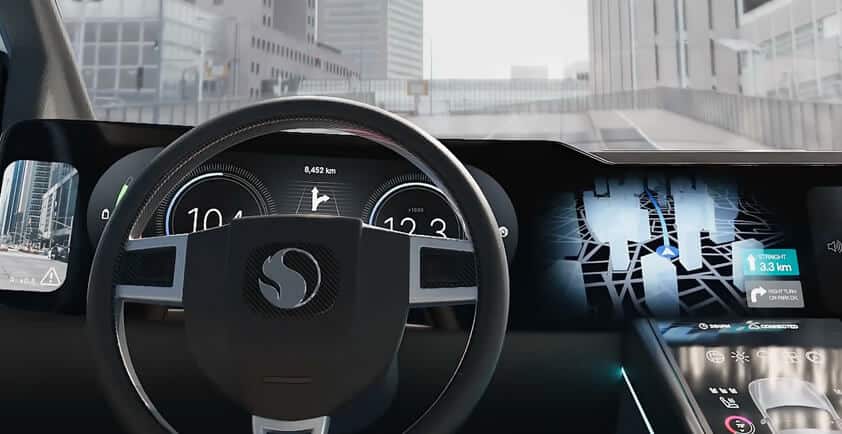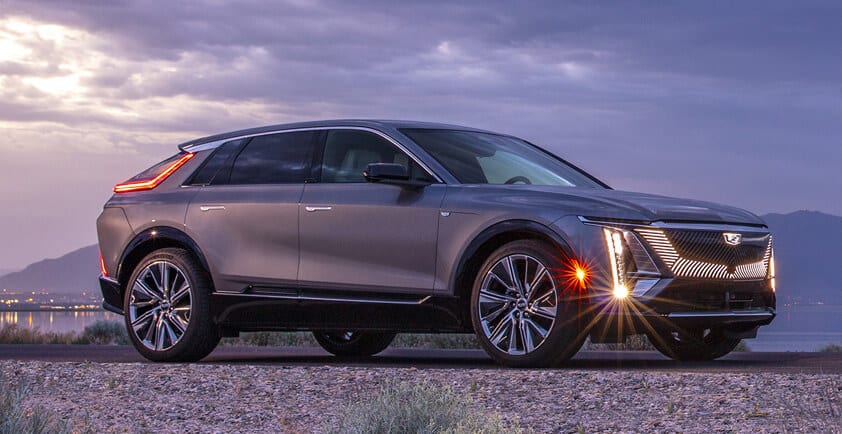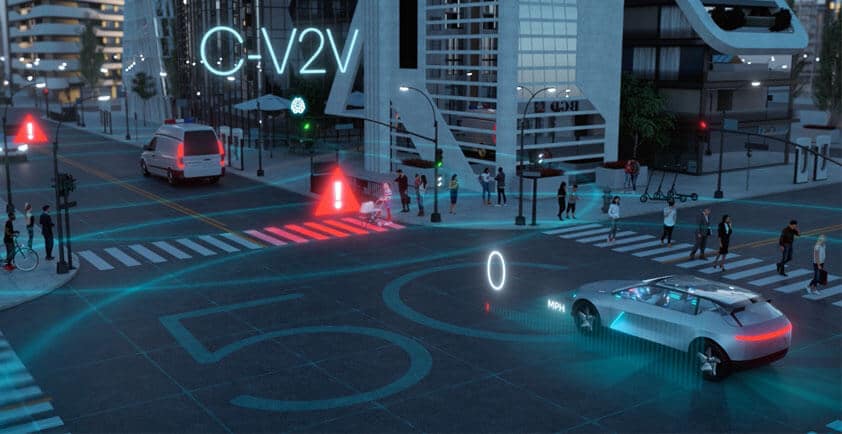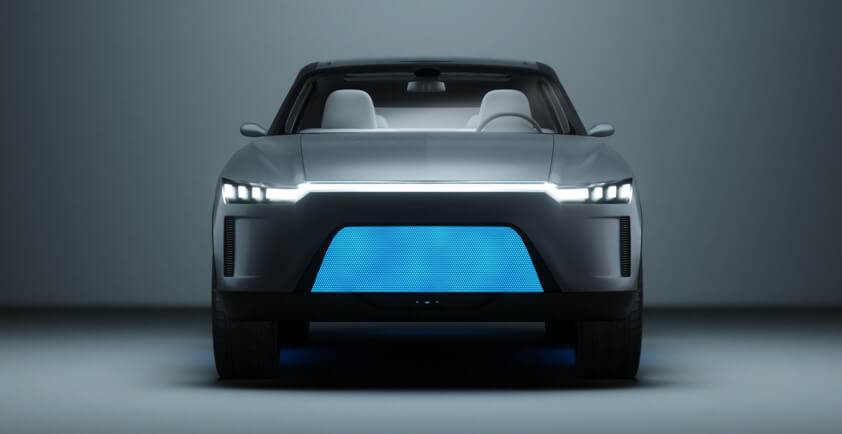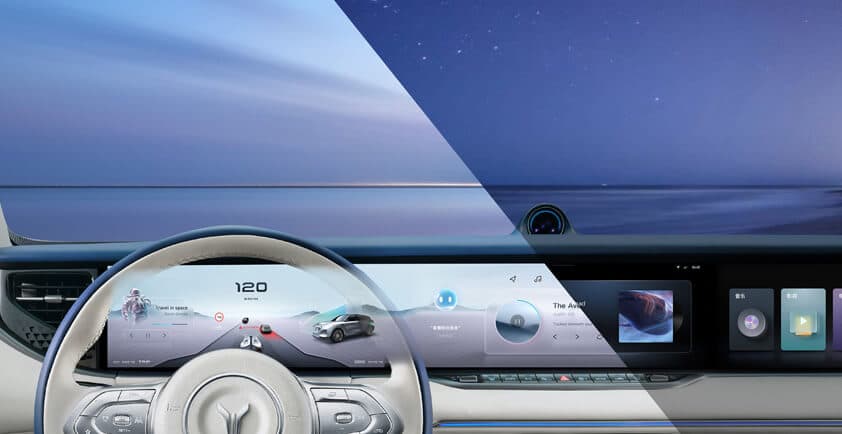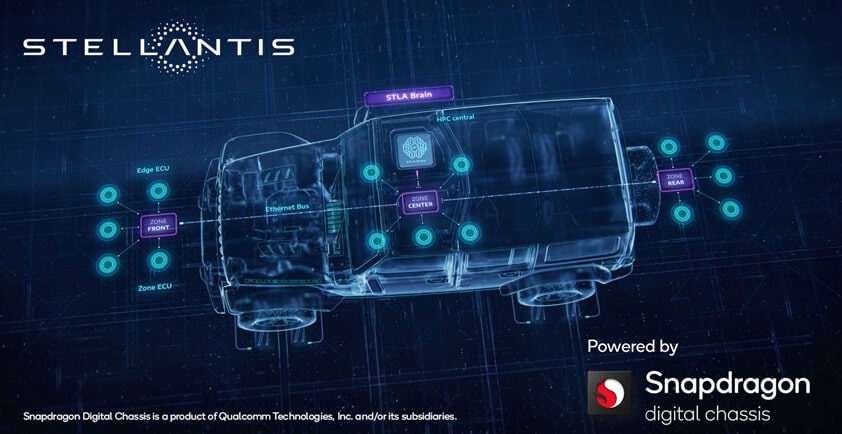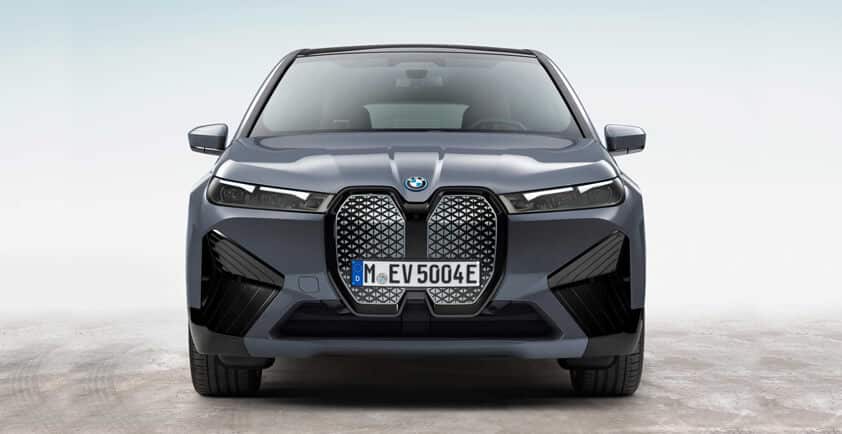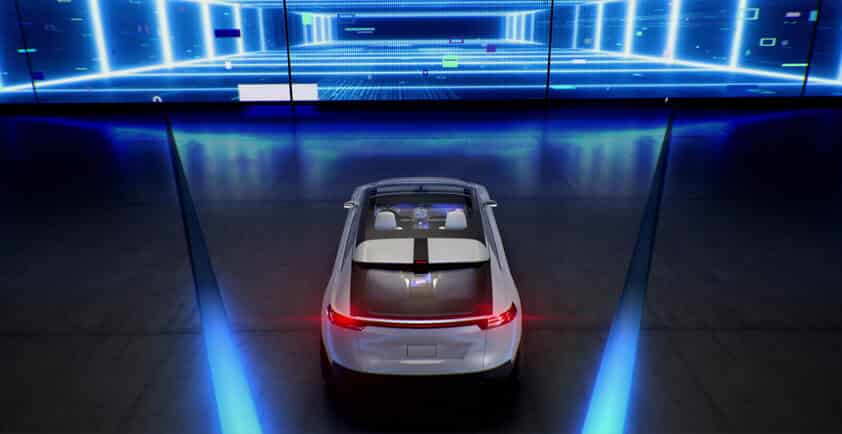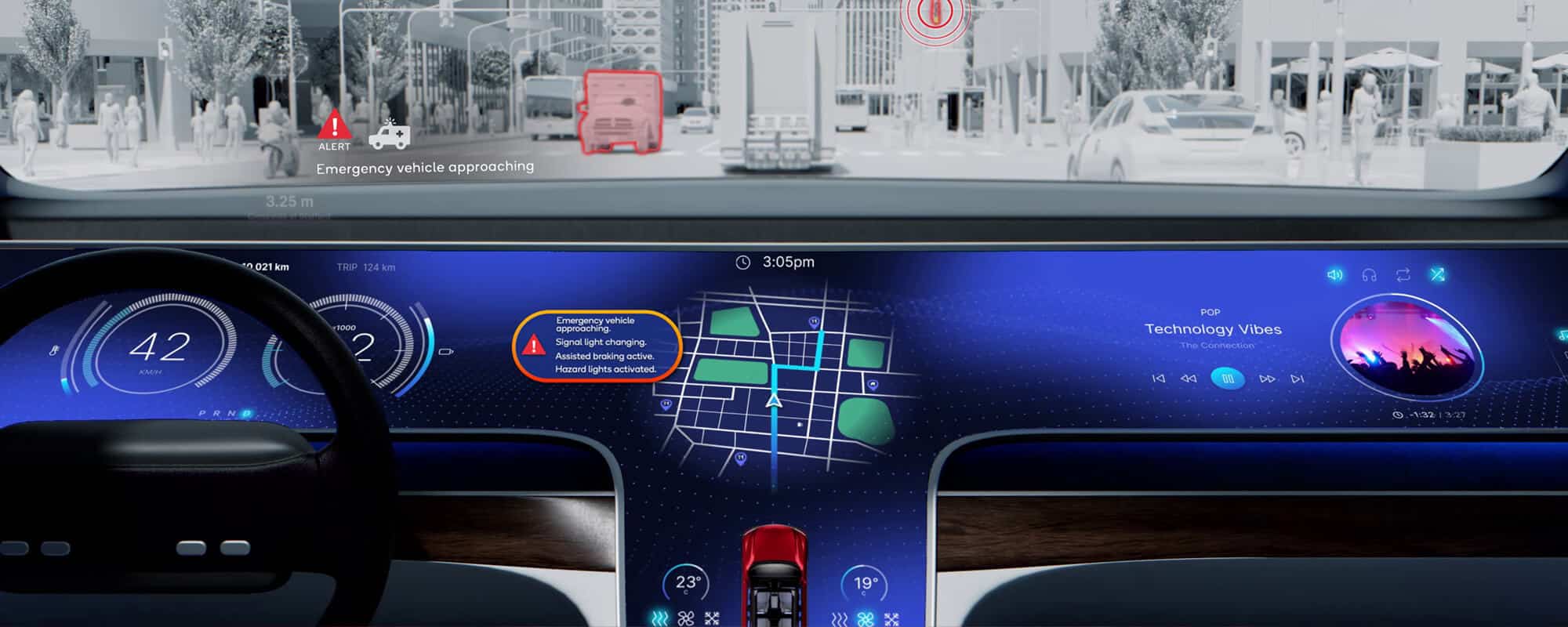
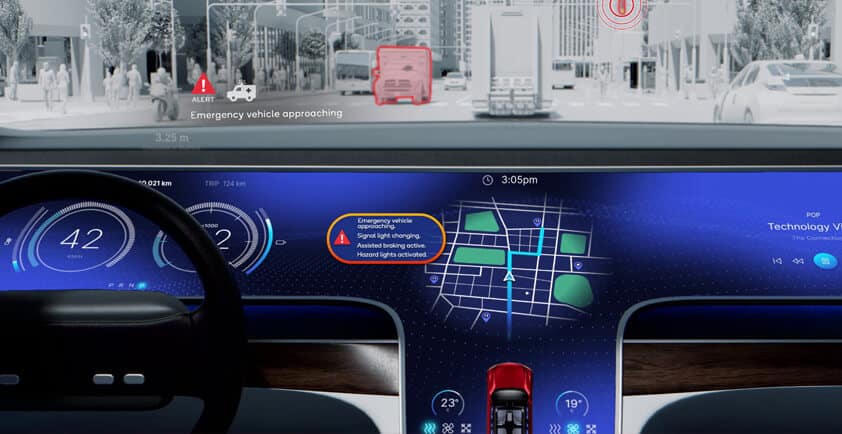
CES 2022: ARRIVER TO FEATURE LATEST TECHNOLOGY COLLABORATION WITH QUALCOMM TECHNOLOGIES
>> Immersive booth exhibit shows next-gen ADAS and AD software stack coming in 2024.
Vehicle technologies that promise safer driving are only as good as the awareness, or “Environment models” they have of the world around them. The collaboration between Arriver and Qualcomm Technologies is focused on meeting this challenge and will showcase the integrated software and hardware solutions that are anticipated to bring more safety benefits to more drivers starting in 2024.
A deeper, first-time look at the innovations coming from Arriver and Qualcomm Technologies will be on display in the Las Vegas Convention Center West Hall, booth #5005. Together, they will be showing how Arriver’s perception and drive policy software enables safety and autonomy. These functions are delivered in a multi-domain approach — unique to Qualcomm Technologies — by combining ADAS and Infotainment and minimizing overall vehicle electronics complexity.
Just this past November, Arriver announced that it would work together with Qualcomm Technologies and BMW to deploy deep learning algorithms for vision perception with a full suite of full vision functions, among other innovations, combining the company’s next-gen Vision Perception software with the Snapdragon Ride Vision System. The Vision Perception software represents an important first step in realizing Arriver’s vision, having been created earlier in 2021 by Veoneer, a global leader in automotive technology, to create a world where people arrive safe and sound at their destination by combining human and AI to be the real-world standard in safe mobility.
The opportunity for such innovation is huge, in large part because of the need for roads that are safer for drivers, passengers, and pedestrians. That need also defines the immense scope of the challenge, and we already have functional safety solutions in practice or production in all aspects of systems on chips (SoCs) from the ground to actuation/control (i.e., driving).
For instance, for a car to automatically map the environment around it and provide those insights to trigger automated responses (like braking) or warnings to drivers, sensors must not only be able to accurately capture that data but integrate with systems, both inside the vehicle and connected to it wirelessly, to augment, process, and apply it in real time.
Reliability is key, as it’s not good enough to have a wonderfully detailed map that’s either incorrect or out of date.
Arriver is one of the very few entities in the world with the ability to develop the necessary software to address this challenge — when put together it’s called a “stack” — ranging from perception algorithms to support for automated driving features. When incorporated seamlessly with Qualcomm Technologies’ industry-leading low power/high performance Snapdragon Ride platform – which took only a short time to port using the Snapdragon Ride SDK – it yields a fully functioning solution. The collaboration is poised to deliver not just next-gen technology but a solution that’s road-tested and ready for production starting in 2024.
What’s exciting for us is that our solution offers carmakers unique benefits that will help them speed delivery of greater safety benefits to their markets: It’s scalable, working across a wide range of vehicle types; modular, so it can be combined with other products; energy efficient, providing industry-leading performance with very low power consumption, and; integrated with a deep understanding of performance requirements, called “drive policy,” so that our solution will work seamlessly with other vehicular systems.
As development continues toward a fully autonomous mass market vehicle (Level 5 in a scheme that ranks autonomous safety capabilities on a scale of 1 to 5), the automotive and commercial markets’ need for greater safety will be filled with automated safety technologies that vary by model and region for the foreseeable future. These Level 3 and 4 technologies will share a common reliance on perception, or sensing what’s going on inside the vehicle, the communication between vehicle and driver, and the vehicle’s awareness of the world around it.
Arriver and Qualcomm Technologies are focused to meeting the challenge of providing those levels of perception and awareness and, in doing so, mapping the future for automotive safety.
